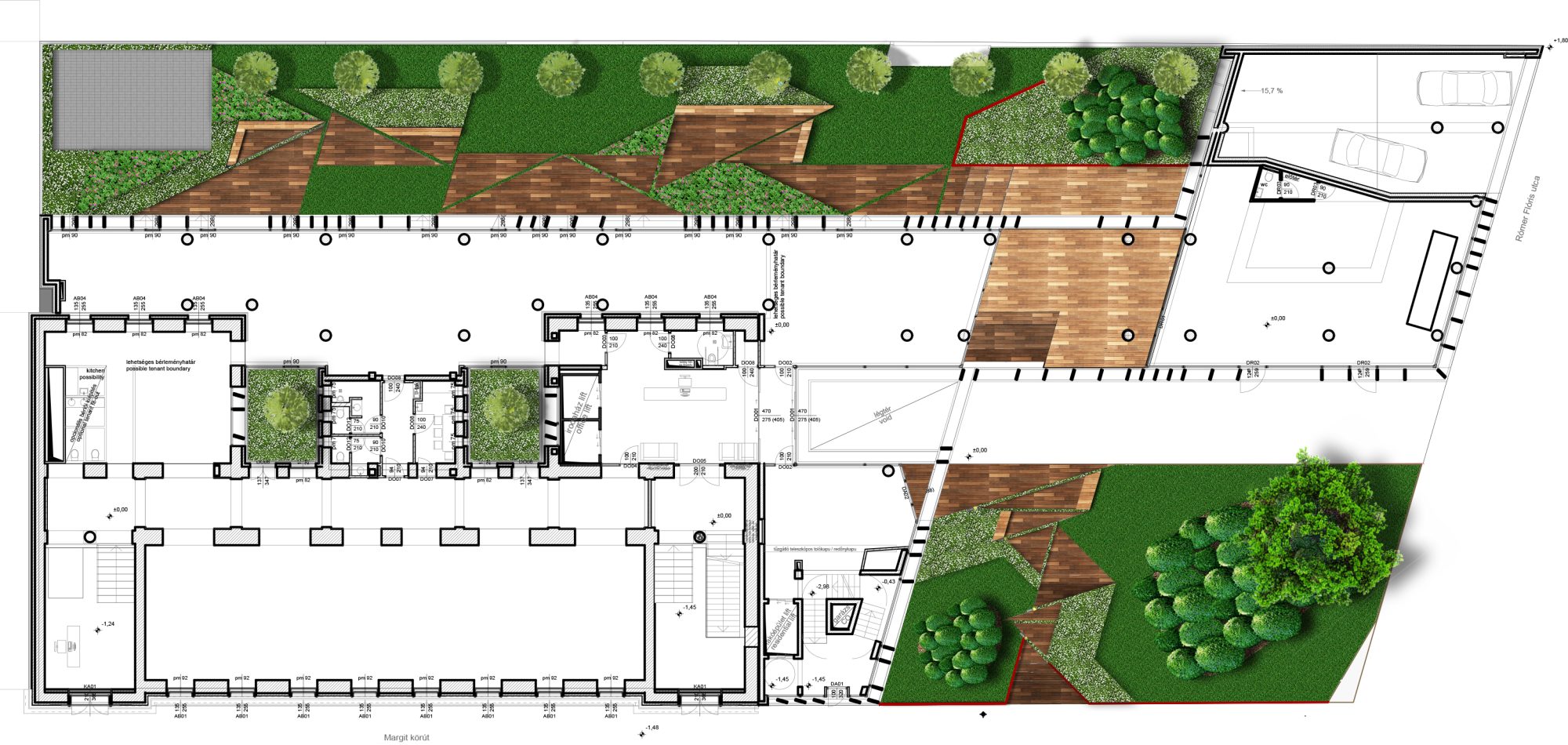
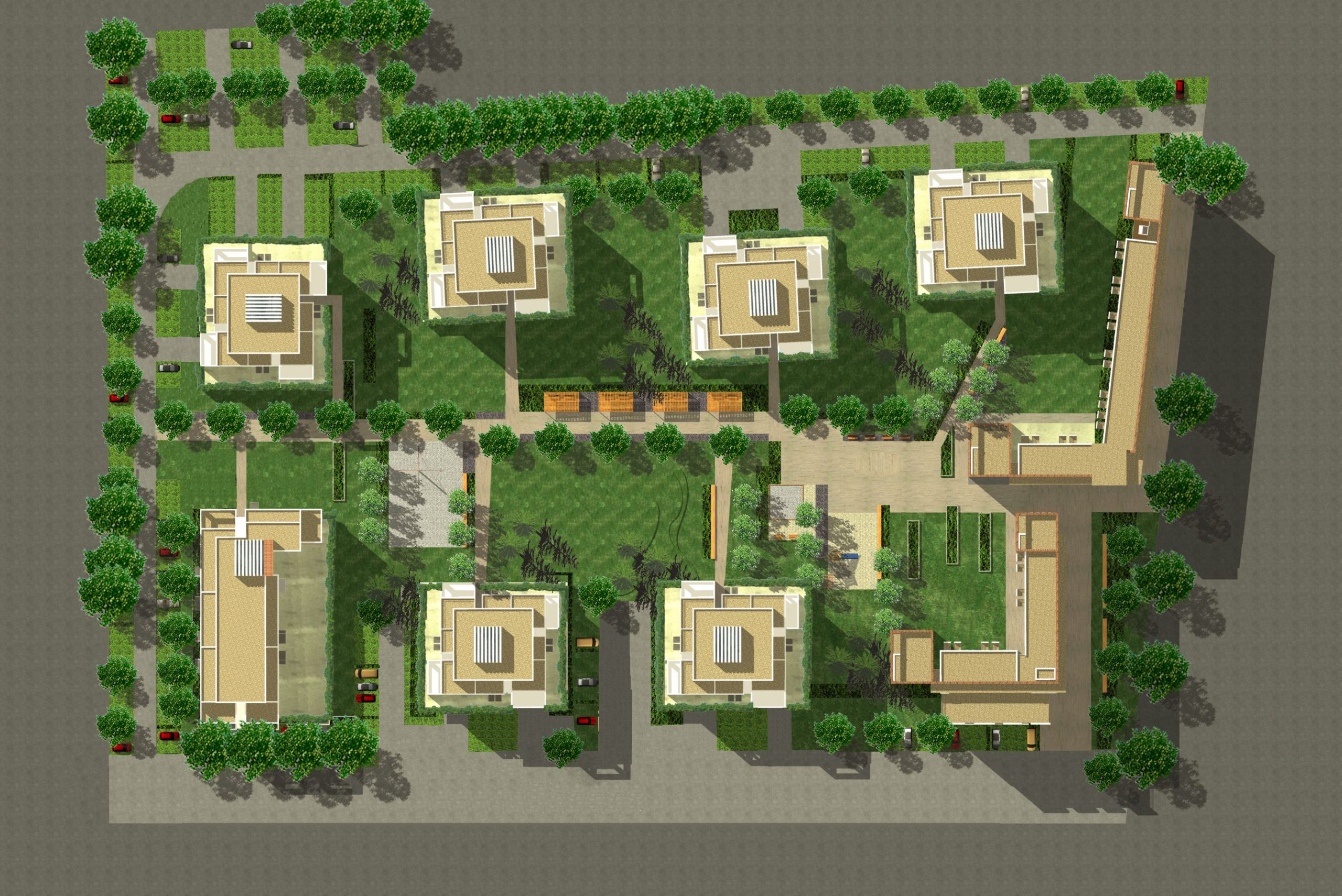

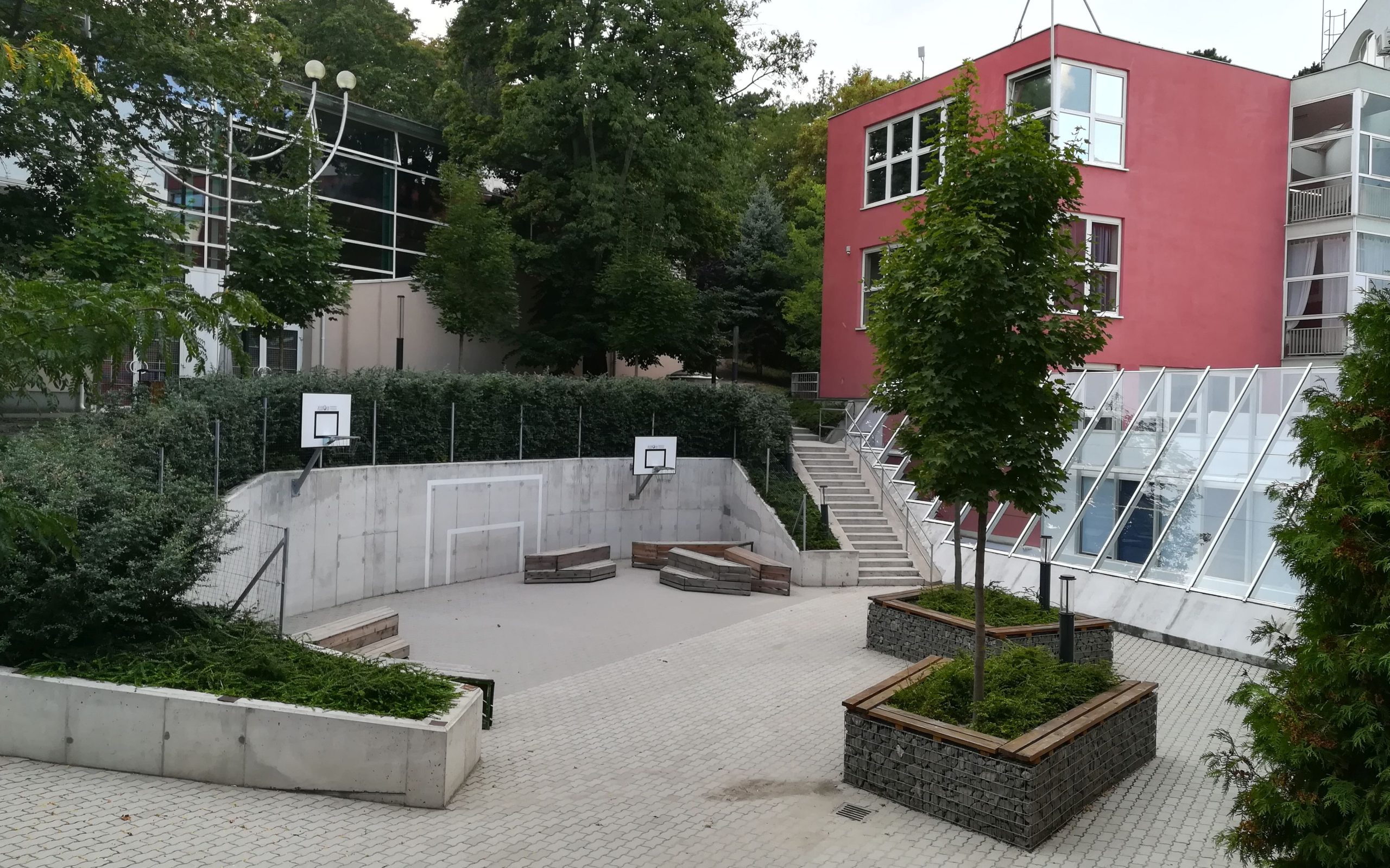

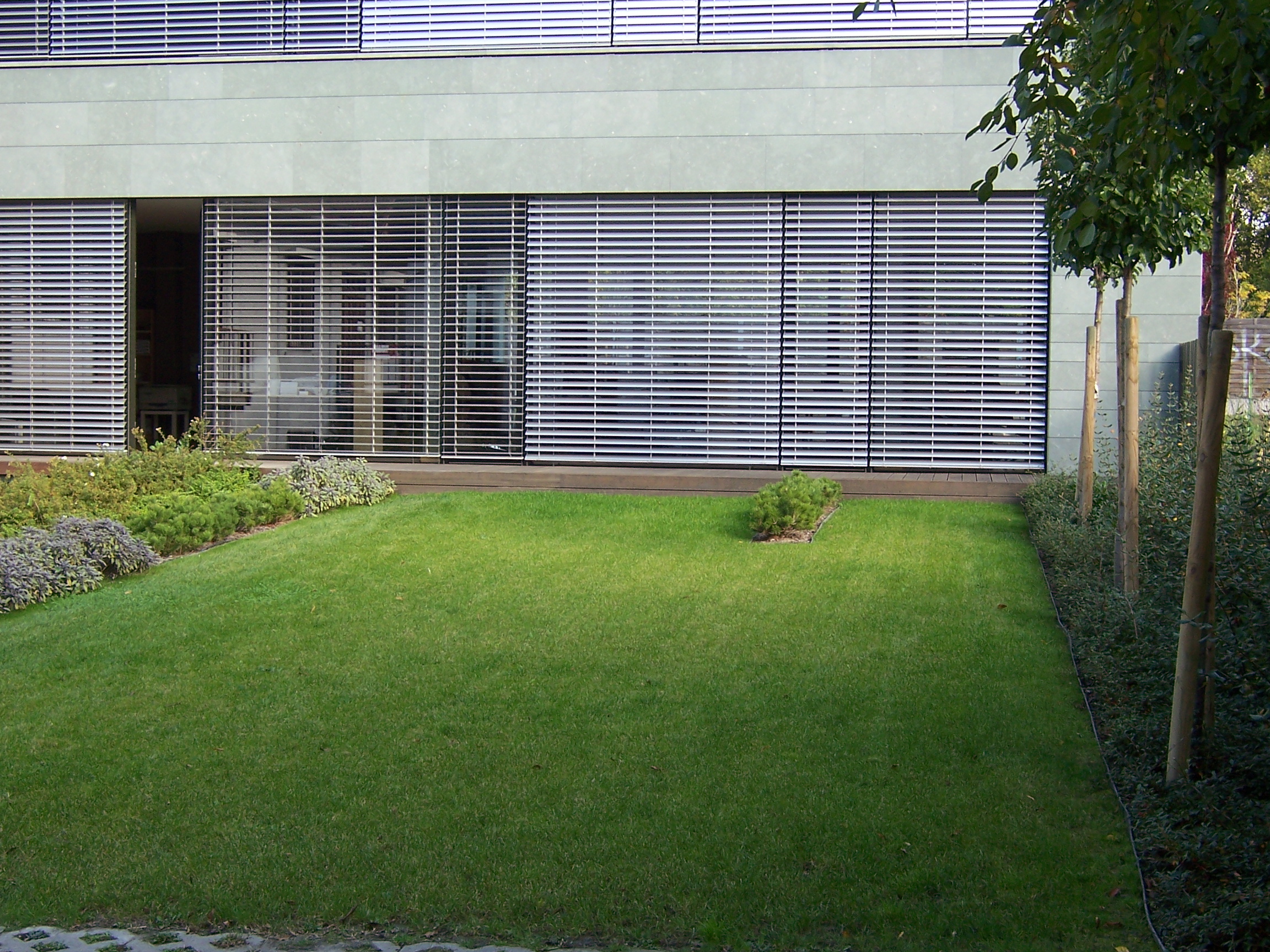
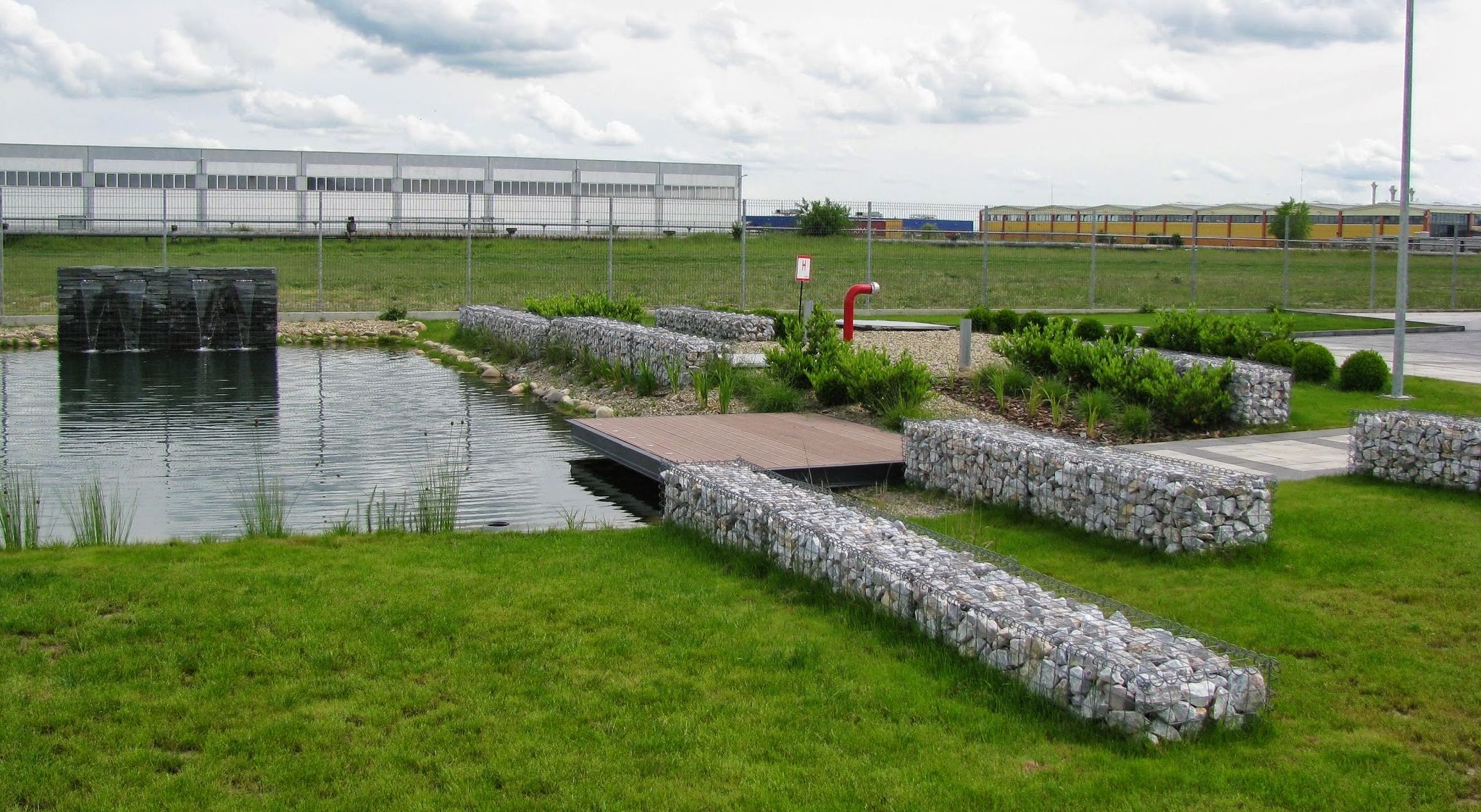
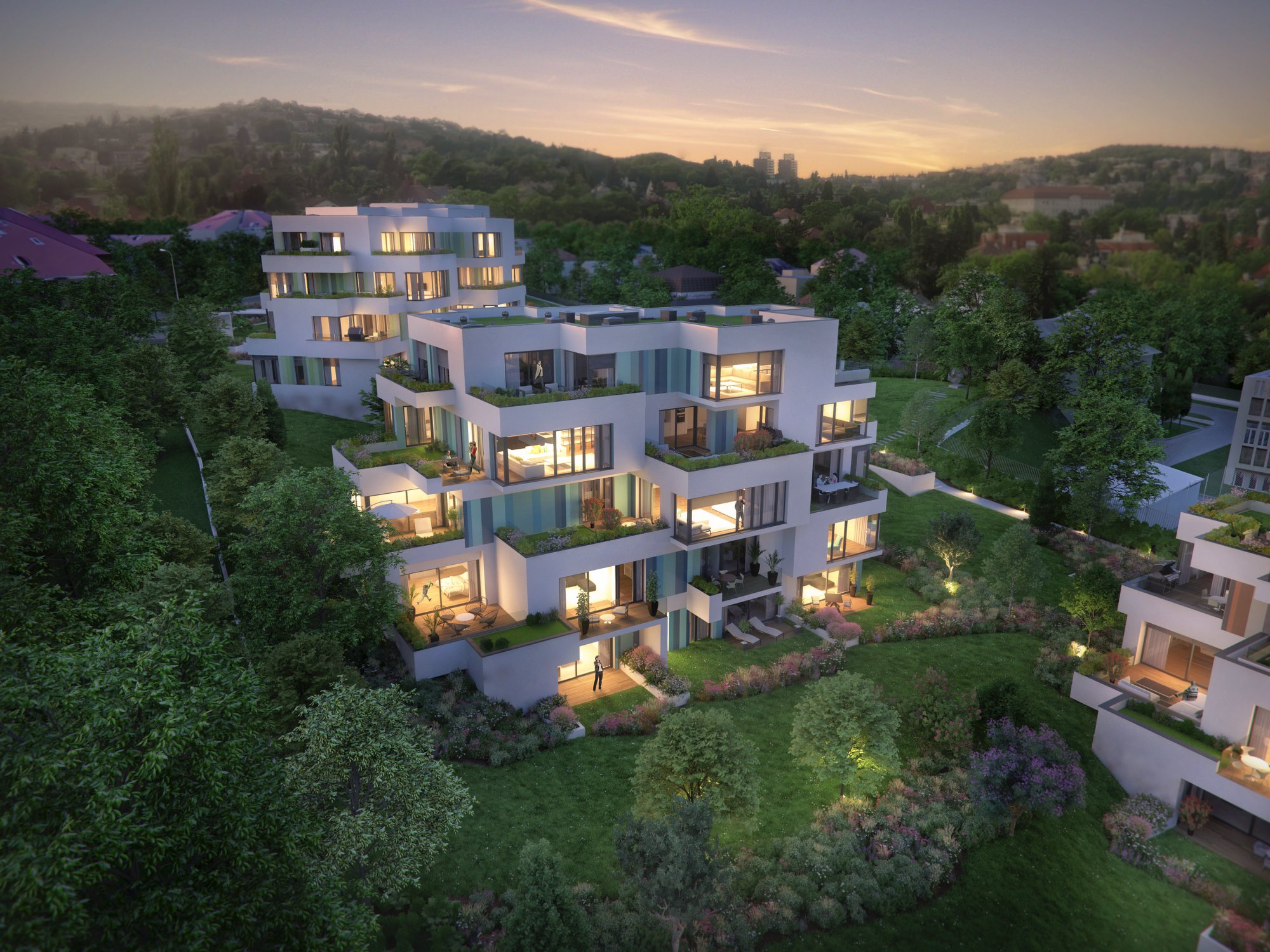
Urban & Institution landscape design is a field that combines the disciplines of landscape architecture, urban planning, and design to create urban landscapes that are sustainable, functional, aesthetic, and socially inclusive. These projects aim to address the environmental challenges of urbanization, such as climate change, biodiversity loss, water scarcity, and air pollution, by using nature-based solutions (NBS) that work with natural processes and ecosystems. Some of the themes that are considered in these projects are:
- Functionality: The projects seek to provide urban services and infrastructure that meet the needs and demands of the population, such as transportation, recreation, education, health, and safety. The projects also aim to enhance the resilience and adaptability of the urban landscape to cope with extreme events and changing conditions.
- Aesthetics: The projects strive to create urban landscapes that are visually appealing, culturally meaningful, and context-sensitive. The projects use natural elements, such as plants, water, and soil, to create diverse and attractive spaces that reflect the identity and history of the place and the people.
- Common areas: The projects promote the creation and maintenance of public spaces that foster social interaction, community building, and civic engagement. The projects also encourage the participation and collaboration of different stakeholders, such as residents, authorities, and experts, in the planning and design process.
- Human wellbeing: The projects aim to improve the physical and mental health of the urban dwellers by providing access to nature, green spaces, and fresh air. The projects also seek to reduce the negative impacts of urban stressors, such as noise, heat, and pollution, by using natural features, such as trees, vegetation, and water, to mitigate and regulate them.
- Sustainability: The projects pursue the conservation and enhancement of natural resources, such as water, soil, and biodiversity, by using NBS that restore, protect, and manage them. The projects also seek to reduce the ecological footprint of the urban landscape by using renewable energy sources, minimizing waste, and promoting circular economy principles.
- Green thinking: The projects adopt a holistic and integrative approach that considers the urban landscape as a complex and dynamic system that is interconnected with the natural and social environment. The projects also adopt a long-term and future-oriented perspective that anticipates the potential consequences and opportunities of the urban development and transformation.

